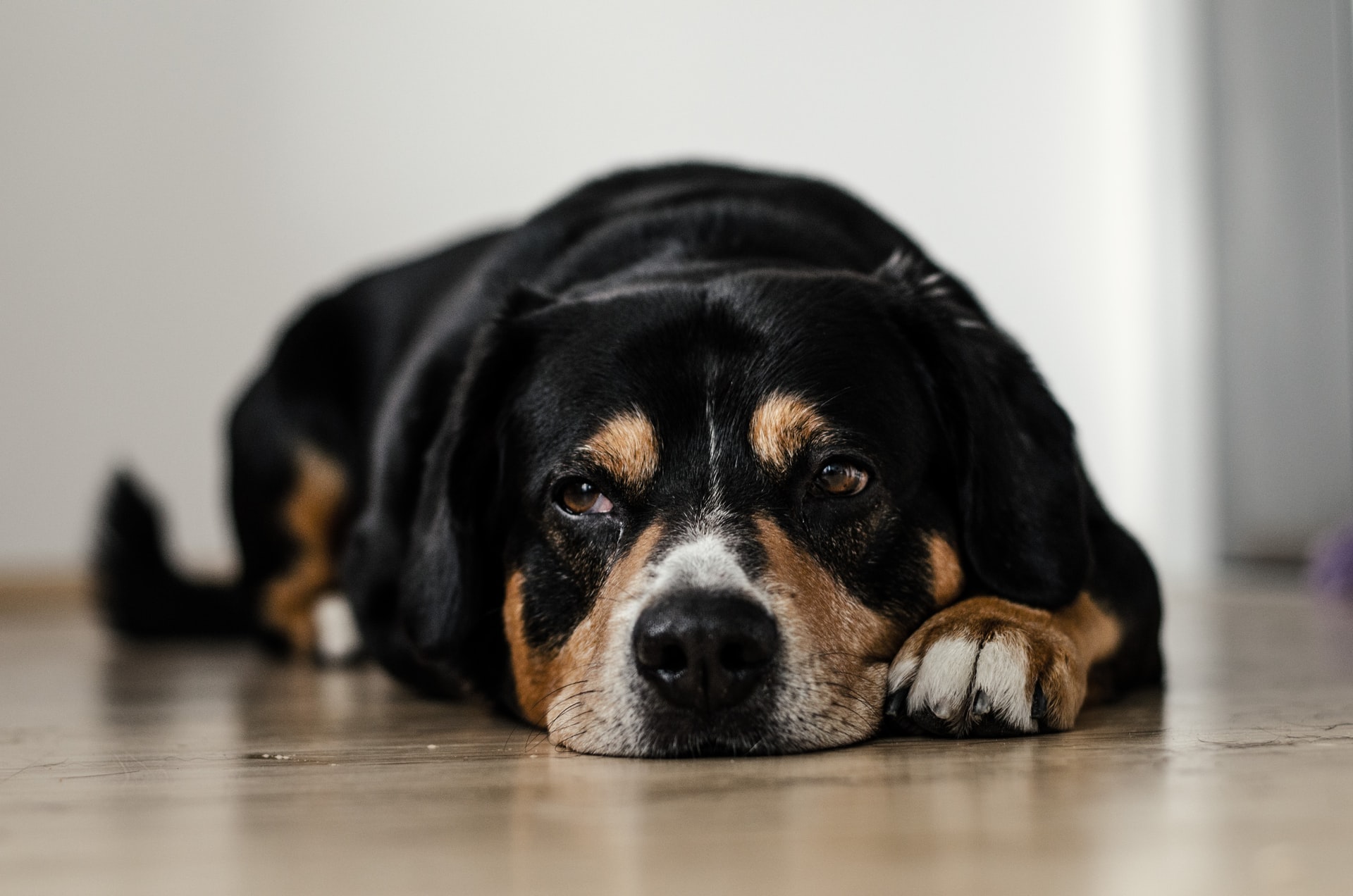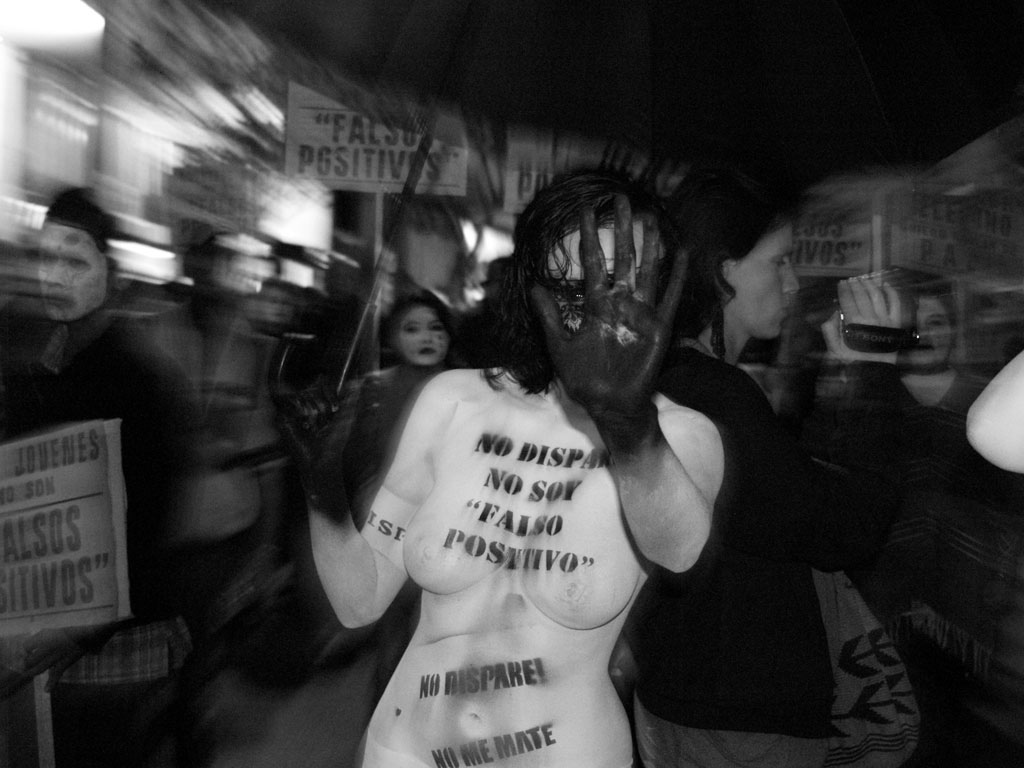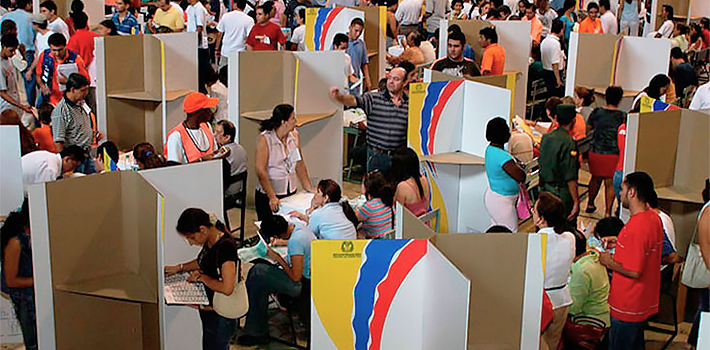How is the national quarantine affecting your barrio? We’ve been talking to people all over the city, starting with Chapinero.
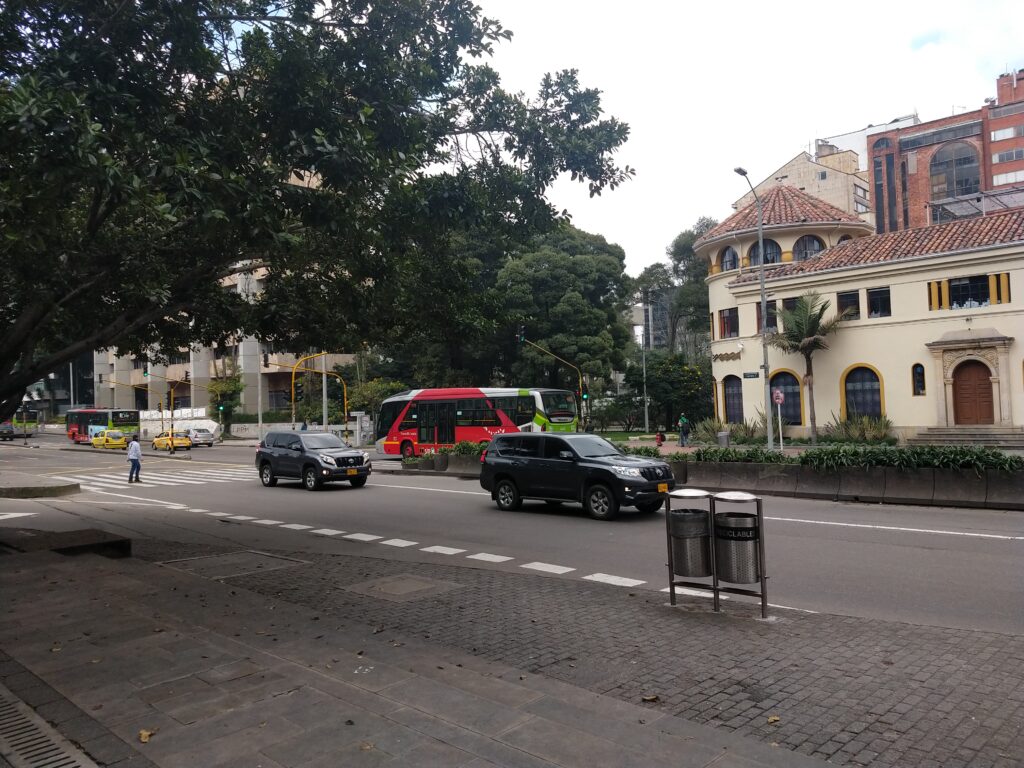
Chapinero is where many of our contributors live and play, so we’re starting in the capital’s most vibrant localidad. In the south end, it’s been pretty quiet. Deputy editor Oli Pritchard reports normal-ish activity around the Javeriana University where he’s been walking his dogs. It’s a medical supplies zone, so that explains the need for many of these shops to continue trading. Footfall is much lighter than normal, but there are people on the streets.
Of course, the capital’s homeless population have nowhere to go, so they’re all still around and in some cases getting aggressive. People appear to be giving generously where there’s no aggression, thankfully. There’s no real threat of violence so far, just a bit of an edge.
There are police stationed at regular intervals along the Séptima, about every five to ten blocks or so. There’s little for them to do though, as Rappis whizz by, cars thunder along and the odd street seller or beggar wander past.
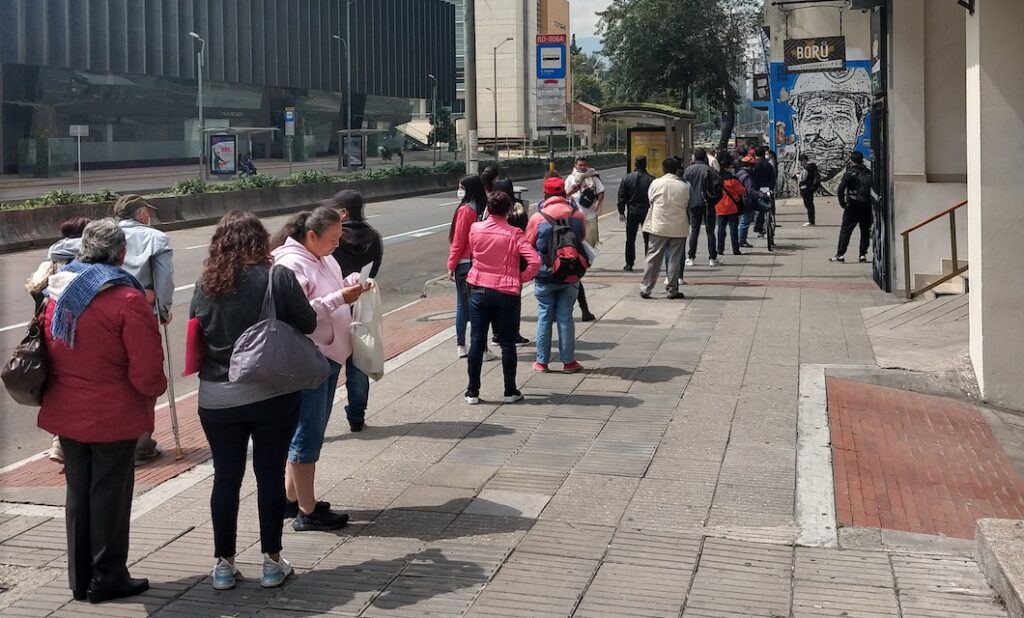
Taxis are running fairly frequently and some are definitely empty as they slow down and honk as we pass. The EPS clinics are open, with everyone waiting outside in a careful metre-spaced queue. A few chains are open for sandwiches and the like, but you can’t enter the shop. Tostao have begun stocking basics too, which could be a good alternative for people that need only bread and eggs and don’t want to run the contagion risks of entering a shop.
Read all our coverage on the coronavirus in Colombia
Most local tiendas and supermarkets are open too, although Ara has boarded up the windows, perhaps fearful of rioting. Supermarkets are likely to be limiting visitor numbers, so expect to wait a few minutes in line before entering the shop. Rats are now skittering through the streets in daylight hours.

The local parks have a fair few dogwalkers and the occasional person who appears to be sidling out for a cheeky fag. Everywhere you look there are delivery riders, but even their numbers are dwindling as we move further into lockdown. The Parque Nacional is given over to the armies of gardening workers and the occasional dogwalker cheerily waving from a great distance.
In Chapinero Alto, readers say they’ve seen varying amounts of people on the streets. One of our writers near 63 was out earlier this week and saw no more than five people in a three minute trip to Carulla, which seems to match up with most people’s reports. The store there was fully stocked, with about 40 people inside. Even at the preferential time, people who were not elderly or pregnant were going in at 7.20 am on Thursday morning, no queue. In general, apart from bread, most people seem to be able to find exactly what they want.
All in all, Chapinero is far from normal, but also far from shut down completely. You’ll have little problems in getting basic provisions and if you need to do urgent things like visit the bank or EPS office, that should be relatively easy too. Even the odd papelería is open, so it’s far from a ghost town out there.

